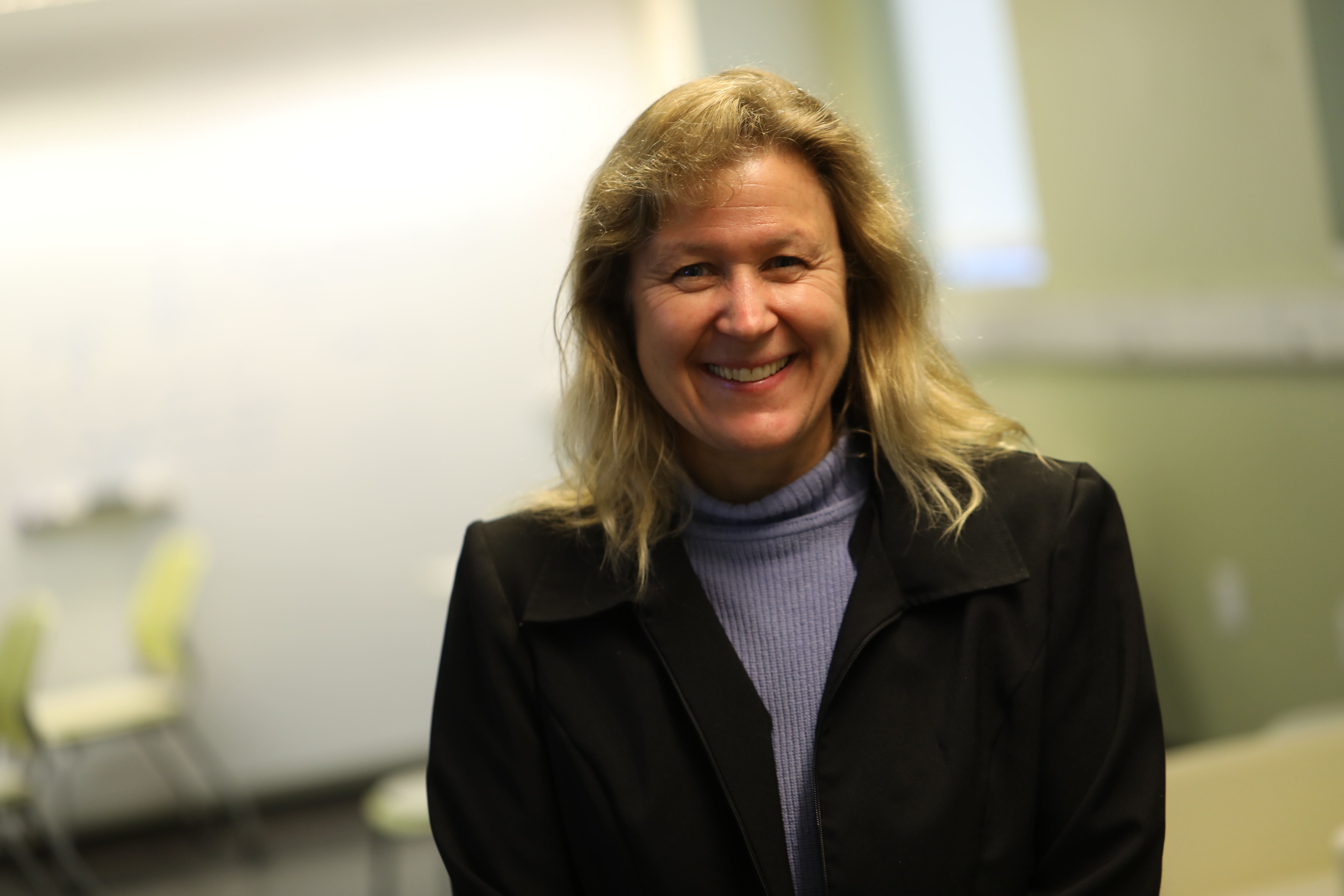A Future So Bright

The following story originally appeared in the Spring 2019 edition of Baylor Magazine. Click here for the complete article.
This May, Alex Yokochi and Annette von Jouanne will reach a significant milestone of commercialization after more than 10 years of research and the completion of their current Department of Energy grant. The husband and wife team, who came to Baylor from Oregon State, focused on the process of converting waste methane into liquid fuel and plan to look at this technology for other applications.
“If you drive around, you see these little sources of flared methane,” Yokochi says. “It’s what we call economically stranded methane. It’s a small stream of what you can think of as natural gas. Because it’s such a small stream, it’s too expensive to actually try to collect and sell for a profit. The goal is to take those small streams and convert them into liquid fuels that can be stored on site at a low cost and high gain.”
Yokochi focuses on the design of the reactor — the device in which the methane chemical conversion from gas to liquid fuels takes place.
In the lab, von Jouanne applies 2,000 volts across the methane gas stream current and ignites a plasma (a gas that is electrically conductive). She carefully monitors the voltage to control the current to make sure it doesn’t cause an arc or result in an intense spark of heat, a bit like a lightning strike but not as powerful.
“I ignite what’s called a corona, or plasma, across the gas stream. I then need to back off the voltage to make sure I don’t cause an arc, but I maintain the plasma,” she says.
The end result is longer carbon chains such as ethylene, gasoline or diesel. Ethylene is a basic building block of the chemical industry. Depending on how it's manipulated, it can be converted into materials widely used in plastics, agriculture and numerous products.